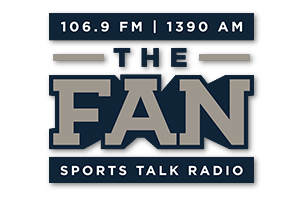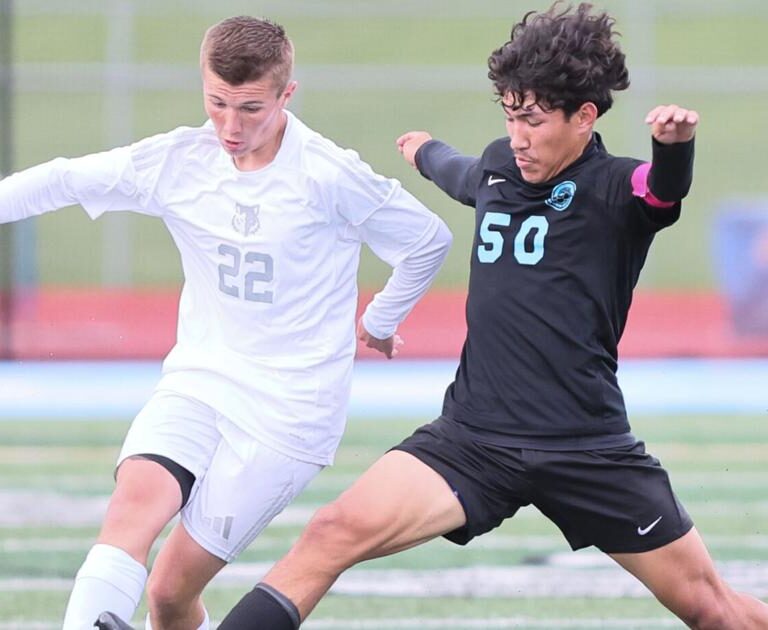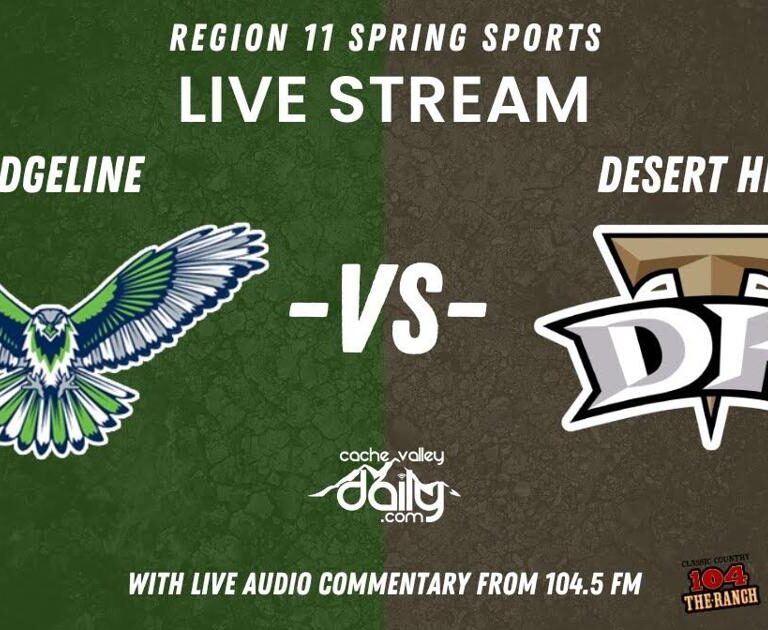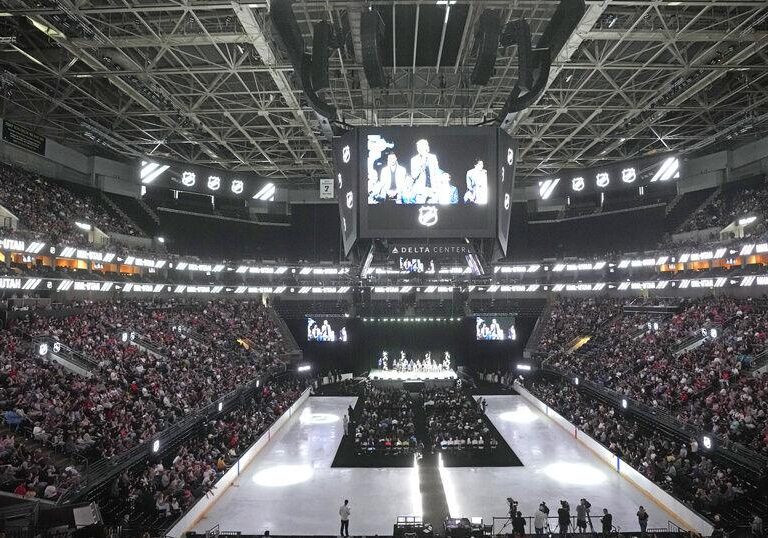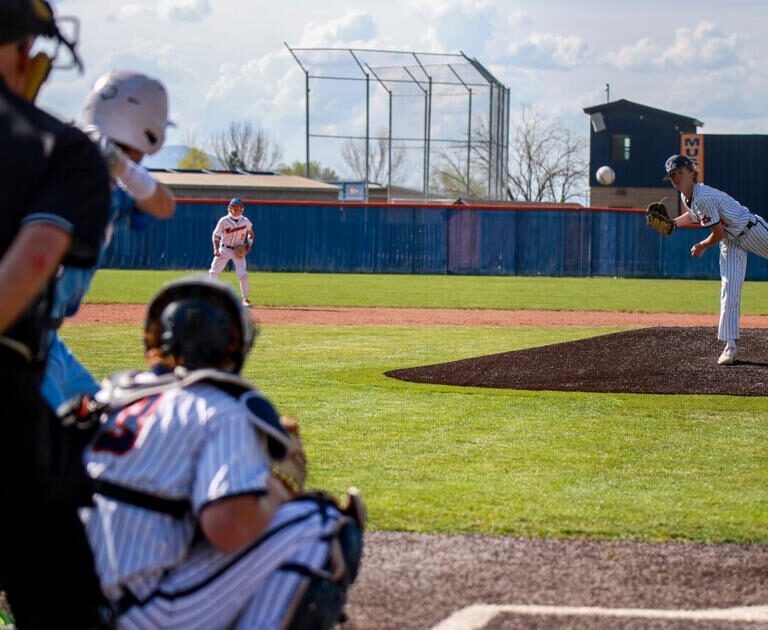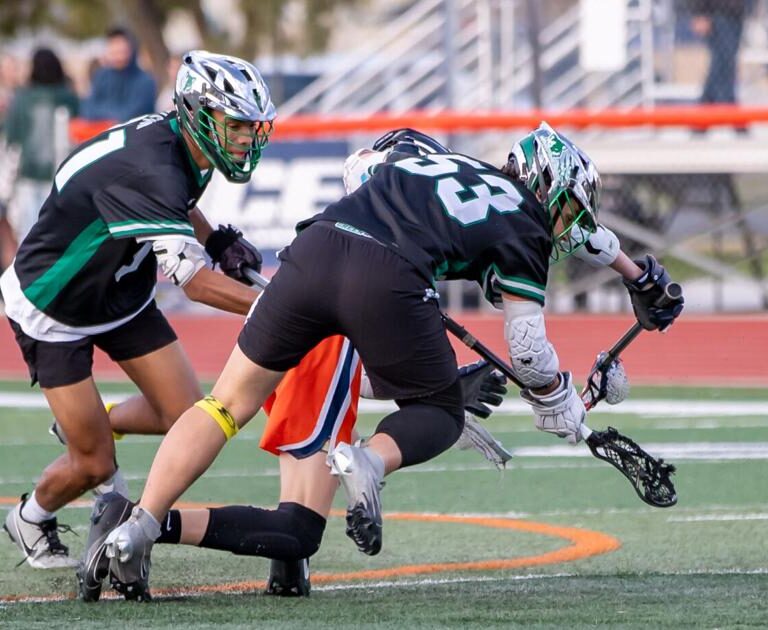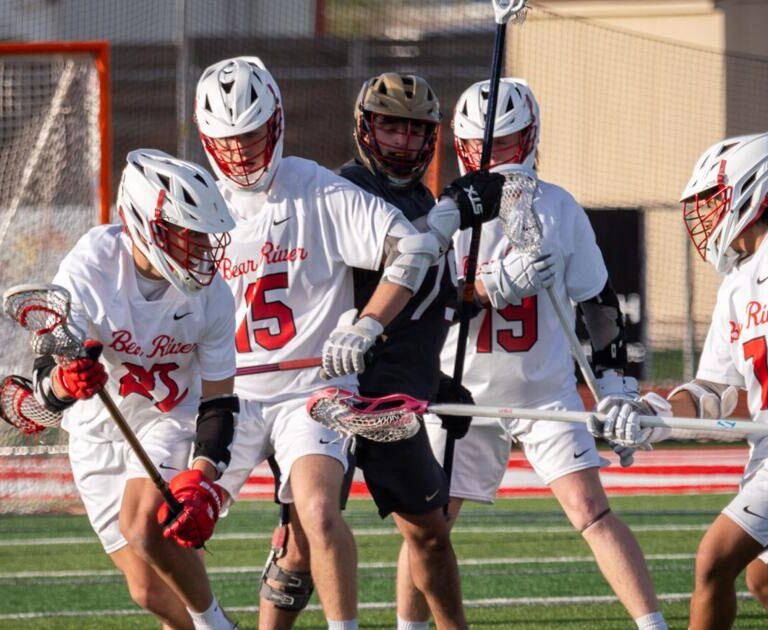On Friday, Utah State will appear in its fourth NCAA Tournament in the last six seasons and fifth postseason tournament overall in that same span. The Aggies have won two regular season conference titles and two more conference tournament titles in those six years, a testament to the team’s overall success.
And yet, none of that success has translated to the Big Dance. USU is 0-4 in the aforementioned postseason tournaments, including 0-3 in the most important one of them all. But even that is a drop in the bucket compared to now 23-year gap between today and Utah State’s most recent win in the NCAA Tournament.
In a sport that’s all about winning in March, the Aggies have not done nearly enough of that, despite the ocean of wins they’ve accumulated in November, December, January and February in the last two decades.
 The 21-12 TCU Horned Frogs, the eighth-place finisher in the Big 12, are what currently stand in Utah State’s path between redemption for years upon years of NCAA Tournament failure. So let’s see what they bring to the table.
The 21-12 TCU Horned Frogs, the eighth-place finisher in the Big 12, are what currently stand in Utah State’s path between redemption for years upon years of NCAA Tournament failure. So let’s see what they bring to the table.
Being a team in the Big 12 that isn’t a top-tier team such as Houston or Iowa State, the Horned Frogs took quite a few lumps throughout conference play. They finished just .500, or 9-9, against Big 12 teams. Sprinkled among those many losses, though, were plenty of moral victories and actual victories. TCU is one of four teams this year to beat Houston, and the Horned Frogs also took down Baylor to go with very narrow losses to Iowa State and Kansas.
There’s little doubt that TCU is capable of going toe-to-toe with any team in the country.
What’s not quite clear is how TCU, or even Utah State, will fare in games away from home. Both are largely unproven and lack quality wins on the road, though both possess one major exception to that statement.
TCU is an even 3-3 in neutral-site games, but is 0-3 against opponents that currently rank in the top 40 of the NET. Overall in games not played on their home court, the Horned Frogs are 9-8, which can be whittled down to 2-8 when the scope is narrowed to teams that rank inside the top 70 of the NET. The much more impressive of those two wins is a victory at Baylor on Jan. 27, who TCU managed to catch on a two-game losing streak and added to a brief mid-season slump for the Bears. Aside from that, though, the only quality away-from-home win by TCU came in the Big 12 Tournament with a win over Oklahoma.
As already mentioned, though, Utah State isn’t doing much better. The Aggies have two victories away from home against teams in the top 100 of the NET, part of a 2-5 overall record in such games. One of those was a “neutral” game played at the Delta Center less than two hours from Logan. The other, a genuine quality win at Boise State which serves as the primary exception in USU’s record away from home against high-level teams.
TCU’s Offense
Looking at TCU’s roster, it’s clear that the Horned Frogs are driven, as most good teams are, by quality guard play, versatile wings, plenty of size to use if needed, and lots of depth.
The primary trio consists of three seniors — a couple of 6-foot-7 forwards, Emanuel Miller and Micah Peavy, along with 6-foot-1 guard Jameer Nelson Jr. — who collectively average 38.3 points per game and account for the team lead in points (Miller’s 15.9 per game), rebounds (Miller’s 5.9), assists (Nelson’s 3.3) and steals (Nelson’s 2.0).
Each of those three players are dangerous in their own right, but TCU isn’t unique in having good players. It’s more unique with its depth. There are 10 men on the Horned Frogs’ roster that have played at least 28 games, with each of those guys having averaged at least 9.9 minutes per game. Six of those 10 players average at least 7.8 points per game.
Miller, Peavy and Nelson form the first three of those six averaging 7.8+ points per game and it’s the remaining three that allow TCU versatility and depth in its scoring. JaKobe Coles is the primary sixth man (and also occasional starter) that adds another 6-foot-7 forward to the mix and he is close behind the top three in scoring with his own 9.7 points per game.
Coles is also the second-best 3-point shooter on the team, just behind another of TCU’s bench players, guard Trey Tennyson who averages 8.6 points per game. Both players shot north of 40 percent from deep and between them average just shy of three triples made per game. Rounding out the top six in scoring is Avery Anderson who adds 7.8 points per game.
Speaking of 3-pointers, TCU is a team that is good at hitting them, but don’t actually take a whole lot. They actually take fewer than Utah State, a team fully aware of its deficiencies in shooting. The Horned Frogs take 18.5 per game, ranking 313th in the country despite ranking a decent 96th in 3-point percentage.
Where TCU will look to get points is through mid-range shooting. The team ranks 36th in the country in percentage of shots attempted beyond 17 feet but inside the 3-point line. This one fact could be key. Mid-range jumpers like this are frowned upon for how inefficient they often are, but teams capable of hitting them can be incredibly dangerous as it becomes impossible to guard those teams.
TCU’s Defense
TCU is a team that will play defense right in your face. They will pressure every ball-handler with any mis-steps or mistakes being punished by a steal, TCU ranking 15th in the country in steals at 9.1 per game. Opponents commit an average of 14.9 turnovers per game against the Horned Frogs, which gives them the 25th-best rate of forcing turnovers in Division I.
If recent games are anything to go by, though, Utah State may be in a good position to handle this pressure. In the last four games, the most turnovers USU had was just 12, with an average of 8.0 since March 6.
Even if there isn’t an explosion of turnovers on Utah State’s end, it’ll still be tough getting open shots against this defense. The Aggies will need to be at the top of their game
OK, We’re about to spend more time talking about how TCU may guard Great Osobor for an excessive amount of time. But it’s probably the most important question to ask. He’s the best player on Utah State and his gravity in the post is akin to the sun itself. He attracts double-teams like a star attracts planets. But teams that have a good physical matchup (or at least think they do) have felt comfortable single-guarding Osobor when he goes to the post, only flashing double-teams with the occasional commit. San Diego State, who has Jaedon LeDee, has been the most willing of any team to single-cover Osobor and it went fairly well for him in that matchup.
When teams give Osobor space by not doubling him, it allows for the use of his best move, the post spin, to get by players. Even LeDee, one of the most physically gifted players in the Mountain West with his combo of size and athleticism, couldn’t keep up with Osobor. There’s not really been a player the Aggies have faced that’s been able to wholesale stop this move time and again without extra help. If TCU gives Osobor room to roam, it’ll cost them. And it makes finding out how they’ll guard Osobor worth looking into.
So how has TCU handled players like Osobor? Do they double-team or single cover most of the time?
Finding a proper comparison for Osobor among TCU’s opponents is a bit tricky. There have been only a few teams on the Horned Frogs’ schedule that have a player as post-oriented as Osobor. Two of the most useful are Kansas center Hunter Dickinson and Houston Christian forward Bonke Maring. Neither are perfect comps for several reasons, but they’re a start since both are volume post-up players, similar to Osobor.
TCU largely single-covered both of these players, though guarding Maring that way made a lot more sense considering he’s the fourth-leading scorer for HCU and isn’t an incredibly efficient or dangerous post-up big. But you could still see how TCU felt perfectly comfortable putting one man on a fairly physically imposing matchup Maring is, being 6-foot-10, 240 lbs.
Dickinson is a little more interesting, but his comp to Osobor is a bit more of a stretch as Dickinson is 7-foot-1 and also a pretty good shooter for his position. Still, there’s something to be gained in observing a little of TCU’s defense against Dickinson.
For the most part, TCU single-covered Dickinson as well, but that was usually done by throwing one of their big-body centers — Ernest Udeh (6-11, 250 lbs) and Essam Mostafa (6-9, 250 lbs) — at him and having either shadow Dickinson everywhere he went on the court. That may very well be how TCU deals with Osobor. Put Udeh, Mostafa or even Xavier Cork on him.
The wrinkle that could change TCU’s defense is how much the Aggies roll with Isaac Johnson and Kalifa Sakho. When facing Dickinson, putting Udeh and Mostafa on him wasn’t any question since Dickinson is a center. Osobor doesn’t line up at the five when Johnson and Sakho play. So if USU has multiple bigs out there, will TCU still put Udeh or Mostafa on Osobor with either of Miller or Peavey having to then guard 7-footers in Sakho and Johnson? If so, that shifts quite a bit of offensive responsibility onto both in the form of winning that mismatch on a consistent basis.
It’s fairly likely that at some point, TCU will go small in this game. It’s not something the team does super-often, but the seventh-most used five-man lineup by the Horned Frogs is a five-out lineup consisting of Miller, Nelson, Peavy, Tennyson and Coles. In that scenario, assuming Osobor is also on the court, Coles would be the most likely matchup as he has the least amount of size disadvantage at 6-foot-7, 225 lbs.
